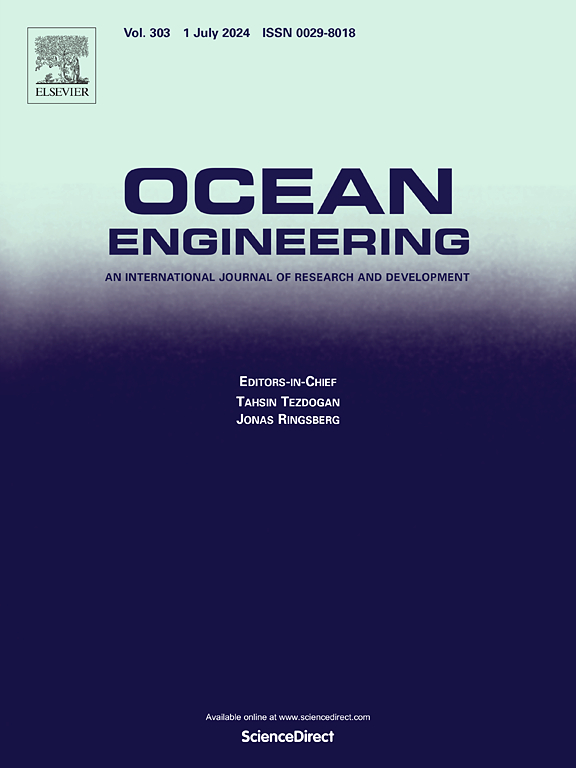数据驱动模型评估:船舶响应测定比较研究
IF 4.6
2区 工程技术
Q1 ENGINEERING, CIVIL
引用次数: 0
摘要
通过数据驱动模型确定船舶响应的几种机器学习方法已经得到应用。所使用的输入特征和参数依赖于从计算流体力学方法中获得的时间序列分析。作为数据驱动模型的输入,考虑了船舶在不规则即自然航道中前进时的倾斜和俯仰运动。通过在机器学习框架内使用不同的模型,可以避免相关船舶运动所需的计算,从而减少预测船舶运动的计算量。预测结果与数值模拟结果的比较显示,在自动机器学习指令中进行训练的深度神经网络方法预测海浪运动的准确度最高,非归一化平均绝对误差为 0.74,而数值计算的相应误差为 1.07,而使用树状模型(极梯度提升和直方梯度提升回归器)训练的方法预测受测船舶运动的准确度较低。使用随机森林回归器训练的模型误差为 1.10。基于现场方法的数值模拟被证明是俯仰运动的最合适选择。尽管可用来训练回归器的样本很少,但结果表明,测量数据足以评估所开发的用于确定船舶响应的数据驱动模型。本文章由计算机程序翻译,如有差异,请以英文原文为准。
Data-driven model assessment: A comparative study for ship response determination
Several machine learning approaches to determine ship responses via data-driven models have been applied. Input features and parameters used relied on time-series analyses obtained from computational-fluid-dynamics approach. As inputs into the data-driven model, the heave and pitch motions of a ship advancing in irregular, i.e., natural seaway were considered. By using different models in the framework of machine learning, required computation for the associated ship motions may be avoided, thus reducing the computational effort to forecast ship motions. Comparative predictions with numerical simulations revealed that the deep-neural-network method for training in auto-machine-learning instructions yielded the highest accuracy in heave motion, resulting in a non-normalized mean-absolute-error of 0.74, against the corresponding error of 1.07 from numerical computations, whereas the method trained with the tree-based models (the extreme gradient boosting and the Hist gradient boosting regressor) predicted less accurate motions for the tested ship. The model trained with the random forest regressor exhibited an error of 1.10. Numerical simulation based on a field method proved to be the most suitable choice for pitch motion. Despite the few samples available to train the regressors, results demonstrated that the measured data was sufficient to assess the developed data-driven model for ship response determination.
求助全文
通过发布文献求助,成功后即可免费获取论文全文。
去求助
来源期刊

Ocean Engineering
工程技术-工程:大洋
CiteScore
7.30
自引率
34.00%
发文量
2379
审稿时长
8.1 months
期刊介绍:
Ocean Engineering provides a medium for the publication of original research and development work in the field of ocean engineering. Ocean Engineering seeks papers in the following topics.
 求助内容:
求助内容: 应助结果提醒方式:
应助结果提醒方式:


